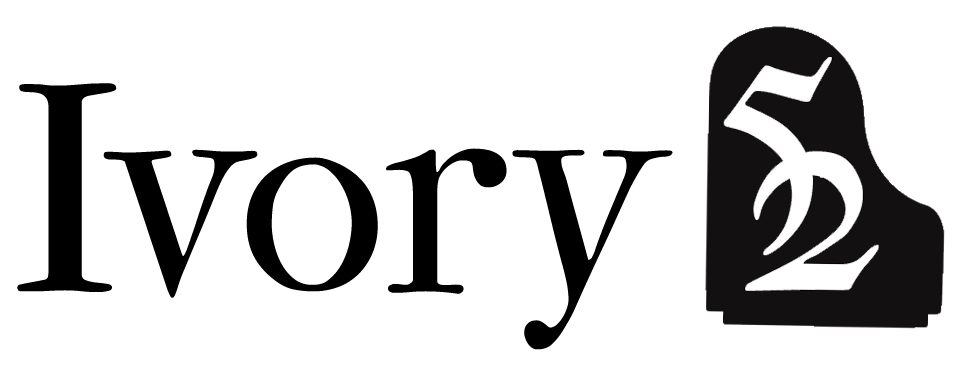Professional piano services for everyone. Ivory52 is dedicated to providing exceptional service to clients in schools, churches, recording studios, residential and performance venues.
WHAT DOES IT MEAN TO REGULATE A PIANO?
Side view of a vertical action mechanism
To many pianists, a piano’s touch is as important as its tone. Touch refers to the efficiency and responsiveness of the mechanical action of the piano, and is what is responsible for giving a piano its full range of power from the silkiest of pianissimos to the crashing double forte. When a piano begins to lose its mechanical efficiency, it is said to have gone out of regulation. Regulating your piano is when the mechanisms are realigned so they can optimally function again.
Signs & symptoms of a piano which might benefit having a regulation completed include:
loss of control - either in the key itself, volume control or both
“sticky keys” can be a symptom of the parts no longer aligned as they should be
bouncing hammers
keys no longer level
Regulating your piano will go a long way towards seeing to it that whoever sits down to play will find it a truly satisfying experience. The piano will perform with more precision and evenness so that the musician may lose him or herself in the music.
What would cause my piano to go out of regulation?
The primary reason that the action of a piano goes out of regulation is the felt parts become worn and compressed with use and age.
As this compression occurs, adjustments to the contact point which were made when the piano was new no longer are accurate. As this happens, a gradual loss of performance occurs. Lost motion in the action prevents maximum power from being transmitted from the keys to the strings when forte is called for. Early release of the hammers causes misfiring notes when subtle pianissimos are attempted. Double-striking notes become an annoyance. Although the change occurs over time, at some point it starts to become obvious that the piano is not at peak performance.
Letoff buttons adjusted to change how close the hammers get to the strings.
Paper punchings inserted under the keys adjust the key height in the piano.
What does the job involve?
After the action of the piano is removed and important measurements are taken (string height being the most important), the action itself will most likely need to be transported to the workshop for servicing. Although it might be technically possible to do this work in the home, it ordinarily works out much better to complete a larger percentage of the work in the shop, where a bench is specifically dedicated to this exact type of servicing. Once in the shop, preliminary repair and replacement issues may be dealt with prior to any regulation work. After repairs are completed, then regulation work may begin.
Some of the tasks include:
Adjusting key height
Level keys
Level hammers
Set spring tensions
…these are a few things out of a list of many. These steps happen on each and every key.
Are there other factors which may influence the amount of time needed to complete a regulation job?
Yes. If the piano has not been serviced for decades, the time required to put the action back to factory specifications may be much longer than for a piano that has been maintained at regular intervals. Also, if the action is being rebuilt with entirely new parts, more time will be necessary. The rule of thumb is that the more new parts that are installed, the more time necessary for fitting and adjustments.
How often does a piano need to be regulated?
For everyday pianos, a regulation every 5-10 years should be adequate. Since a piano goes out of regulation as a result of the amount of play, a piano which is used on a more regular basis will need to be regulated more often than one that sits for long periods of time. Other aspects of piano maintenance, such as tuning need to be performed on a more regular basis.



